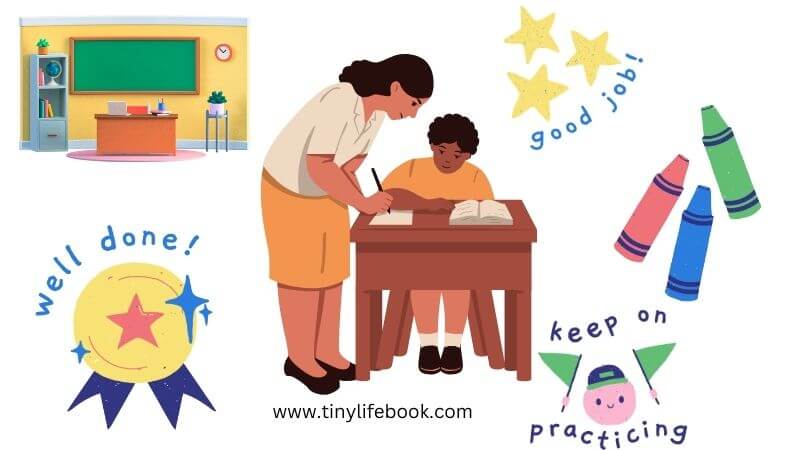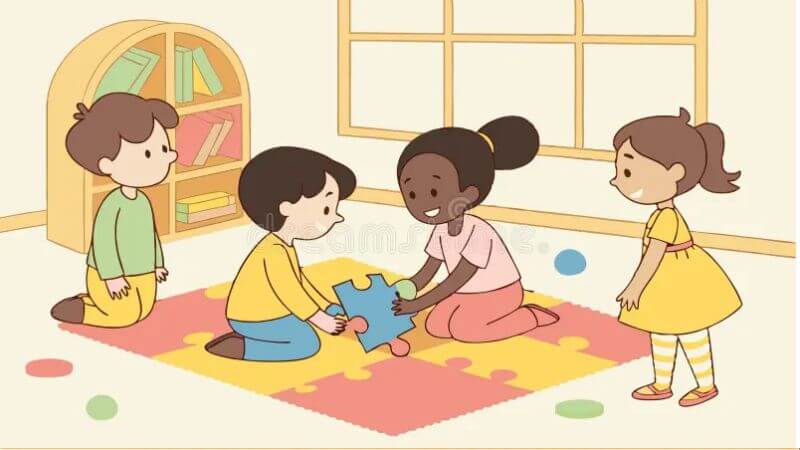When we talk about early childhood education, we’re referring to the foundation years of learning that usually take place from birth to around age eight. These are the most crucial years in shaping how children see the world, how they interact, and how they learn. Early childhood education focuses not just on academics but also on emotional, social, and cognitive development. At this stage, children’s brains are like sponges, absorbing everything around them. Giving them quality learning experiences during these years creates building blocks that influence the rest of their lives.
What Is Scaffolding in Education?

In early childhood education, scaffolding is often seen when teachers or parents ask guiding questions, provide hints, or demonstrate something first so the child understands it better. Once the child gains confidence, the support is gradually removed.
Why Scaffolding Works So Well
The beauty of scaffolding is that it meets children right where they are. Instead of overwhelming them with big tasks, it breaks things down into achievable steps. This approach not only builds knowledge but also boosts confidence. When children achieve something with a little help, they’re more likely to try again and keep learning. Source
Key Benefits of Early Childhood Education
One of the most important benefits of early childhood education is that it encourages curiosity. Children learn to ask questions, explore, and think critically even at a young age. Another advantage is the social interaction it provides. Kids learn how to share, cooperate, and build relationships. Early childhood education also builds emotional resilience because children are encouraged to express themselves and navigate feelings. And when scaffolding is applied within this framework, children not only learn but thrive as independent thinkers.
Linking Scaffolding and Development
Now, when we go back to what is scaffolding in education, it’s clear that it perfectly complements the goals of early learning. By offering structured support, teachers can help children grasp complex ideas more easily. For instance, instead of just handing a child a puzzle, an adult might start by helping place the first piece. Slowly, the child learns to see patterns and can complete the puzzle independently. This combination of support and independence builds both problem-solving skills and confidence. Source
7 Practical Examples of Scaffolding in Early Childhood Education
To make this easier to understand, here are seven simple yet powerful ways scaffolding is applied during early learning:
-
Asking open-ended questions like “What do you think happens next?”
-
Demonstrating a skill before asking the child to try it
-
Using visuals or props to make concepts easier to grasp
-
Breaking tasks into smaller, manageable steps
-
Giving hints instead of direct answers
-
Encouraging peer learning by letting kids work together
-
Praising efforts rather than just outcomes to build motivation
These methods highlight how what is scaffolding in education isn’t just a concept—it’s a practical approach that empowers children daily.
Challenges and Misconceptions
While early childhood education and scaffolding are extremely effective, they also come with challenges. One common misconception is that scaffolding means doing the task for the child. That’s not true. It’s about guiding, not completing the task on their behalf.
Another challenge is consistency—children need regular practice and guidance, which requires patience from both teachers and parents. Also, some people think early childhood education is just about play. In reality, play is a powerful medium for learning, especially when supported with scaffolding.
The Role of Parents and Teachers
Both teachers and parents play a big role in making scaffolding successful. Parents, for example, can scaffold at home by helping with reading or encouraging storytelling. Teachers do the same in classrooms by guiding group activities. When both sides work together, children experience a well-rounded approach to early childhood education that nurtures every part of their growth.
Summary!
Early childhood education lays the foundation for a child’s lifelong learning journey. When combined with scaffolding, children not only gain knowledge but also learn independence and confidence.
Understanding what is scaffolding in education helps us see why it is such an essential strategy in supporting young learners. By guiding children step by step and gradually letting them take the lead, we prepare them to face future challenges with resilience and curiosity.
Hope you found this article helpful.
Also Read: Swollen Tonsils: Key Facts and Things You Must Know
Tinydale is on YouTube, Click here to subscribe for the latest videos and updates.
Follow Us: Facebook | Instagram | Twitter | Youtube | Pinterest



